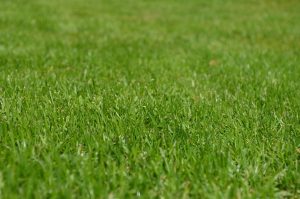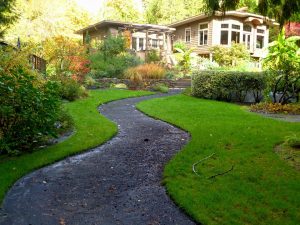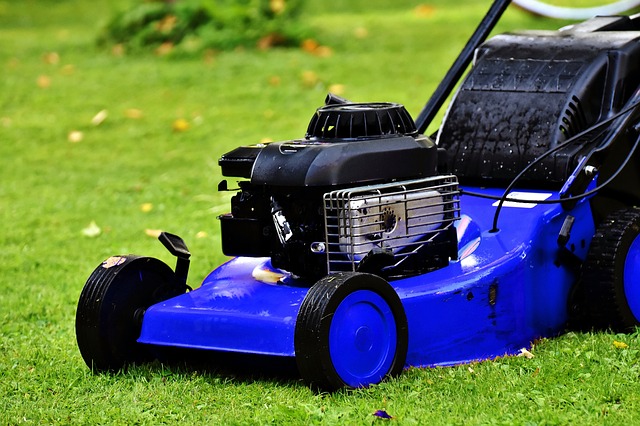There is nothing like a beautiful, well-manicured lawn. From walking barefoot through fresh cut grass to watching children play in the backyard, a great lawn is as important to an enjoyable summer with the family as the swing set or grilling outside. But most people realize how difficult it can be to get your yard looking perfect.

Sod can help fill in sparse areas when you need grass that will grow quickly. Though it is somewhat of a temporary solution, sod can work until you’re able to put in a more permanent lawn. Below are just a few facts about sod that can help you get started in the right direction.
- Sod can be put down at any time of the year
- Lower watering costs with sod
- Sod is usually disease free
- No need to wait 2 years for a seeded lawn to establish itself
Do You Need a Landscaper?
Landscapers can help you with a customized approach to make sure you get the most beautiful lawn possible. However, homeowners can do much of this themselves with just a bit of research and some hard work.
First of all, develop a plan for your lawn. Whether you’re looking to improve the curb appeal of your home in the front or want an entire backyard of durable grass for the kids, there are some great options to meet your needs.
Take into consideration the type of grass that’s best for your area, your intended use and your budget. Every variety of grass has its own advantages, disadvantages and preferred growing environment.
Here are a few of the top grass varieties we recommend:
- Kentucky blue grass. One of the most popular varieties with a rich, beautiful color and excellent resilience to damage.
- Red fescue. This variety grows very well in shaded areas and remains stable during droughts.
- St. Augustine grass. This grass variety is popular because it grows fast, has deep roots and holds up well to children and pets.
- Bermuda grass. With its cold and drought tolerance, Bermuda grass is a good choice because it spreads quickly and resists disease.
When to Water

How often your variety of grass needs water depends on many variables, such as the type of grass and your geographic location. A local landscaping company may be able to help or you can just do a bit of research. When grass is first put in, it will require more watering. Once it gets established, you can set up your own watering schedule, such as once per week. Those in dry, hot climates will need to water more frequently. Your area may have watering restrictions due to drought so be aware of that.
If your grass begins to turn brown, this can be caused by a number of factors. In some instances, your lawn may have acquired a disease. Perhaps you’re not watering often enough. Remember that it’s natural for a lawn to die back and turn brown during the winter months. During the winter, it’s not necessary to water, fertilize or mow.
Lawn Tips
There are many types of lawn fertilizer available today and the right one for your lawn will depend on the type of grass you have and the region where you live. Check at a local hardware store or the county co-op extension agency. Creating a beautiful lawn is a combination of proper soil cultivation, pest control, and irrigation. In the springtime, you can fertilize well before new plant growth emerges.
Resources:
Green Grass Sod Farms
Leafy PlaceLeafy Place

